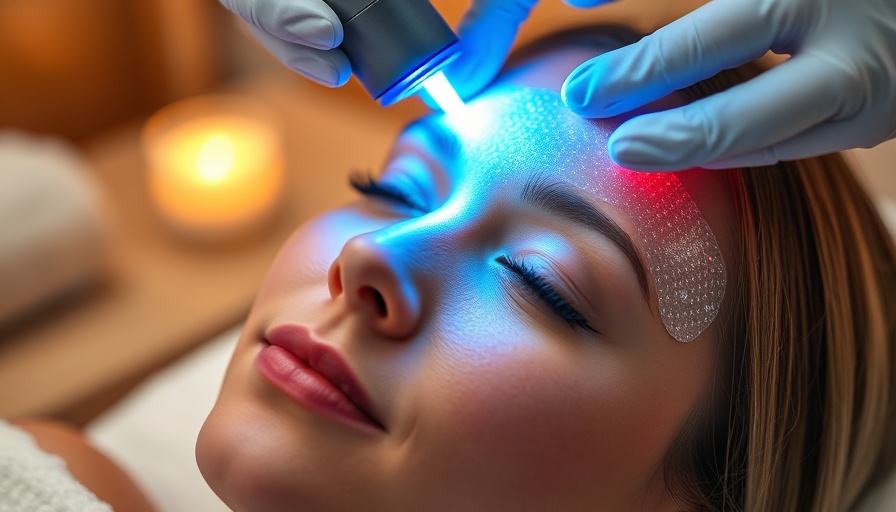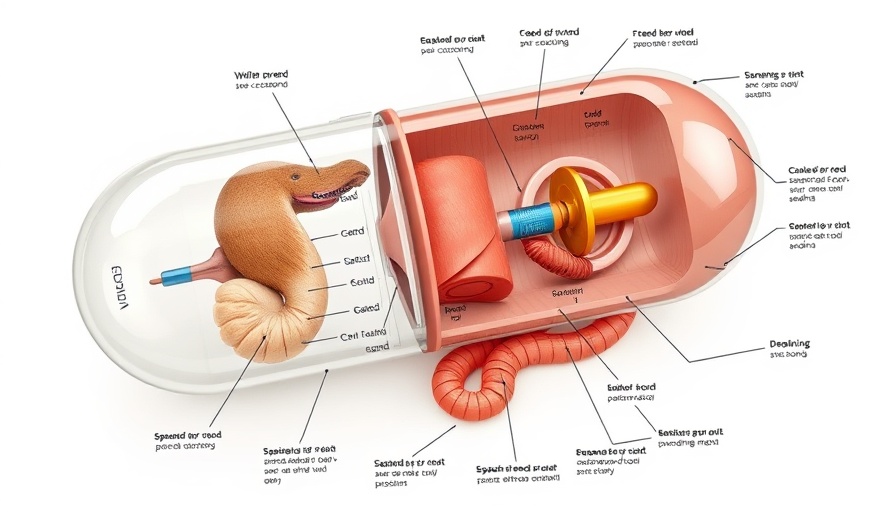
Understanding Fractional Laser Treatments
In the constantly evolving world of cosmetic procedures, fractional lasers stand out as a leading skin rejuvenation technology offering noninvasive solutions for various skin issues. As beauty enthusiasts and professionals seek effective methods, this technique has gained traction due to its precise delivery of laser energy in a fractionated pattern. By delivering narrow beams of laser light in a controlled manner, fractional lasers create small zones of thermal injury, promoting healing and rejuvenation while leaving surrounding areas intact.
Ablative vs. Nonablative Fractional Lasers
Fractional lasers are generally categorized into two types: ablative and nonablative. Ablative lasers, such as CO2 lasers, are more aggressive and aim to remove the top layers of skin, making them ideal for individuals dealing with severe signs of aging, deep scars, or those seeking immediate results. On the other hand, nonablative lasers do not damage the skin's surface but instead focus on heating deeper tissue to stimulate collagen growth, which is particularly beneficial for younger individuals or those with only mild signs of aging.
Key Benefits of Fractional Lasers You Should Know About
This treatment modality offers a range of benefits that clients may find compelling:
Treating Acne Scars
Research indicates that CO2 lasers are an effective option for treating papular acne scars. Acne scars can significantly impact a person's self-esteem and confidence, often prompting those affected to seek advanced treatments. With several sessions, patients can expect significant improvements in their skin texture, leading to a smoother and more even complexion.
Reducing Signs of Aging
The aging process brings about inevitable changes such as wrinkles, fine lines, and sagging skin. Fractional lasers can effectively minimize these signs by enhancing collagen production and resurfacing damaged skin layers. The result is a rejuvenated appearance, with advanced treatments offering a smoother complexion and improved elasticity.
Minimizing Hyperpigmentation
Hyperpigmentation, characterized by dark spots and uneven skin tones, can be distressing for many individuals. Fractional lasers can target melanin in a precise manner while significantly reducing the risk of hyperpigmentation, even in patients with darker skin tones. This technology holds the potential to create more even skin tones and increased confidence in personal appearance.
Versatility of Fractional Lasers
What makes fractional lasers particularly appealing is their versatility. Clinics often provide hybrid fractional lasers that combine both ablative and nonablative methods, allowing for a comprehensive approach to skin rejuvenation. These treatments can address multiple skin concerns simultaneously, thus enhancing client outcomes.
Combining Fractional Lasers with Other Cosmetic Treatments
For those interested in maximizing their results, combining fractional laser treatments with other modalities can lead to enhanced efficacy. For instance, an IPL photofacial can complement fractional laser treatments to improve skin texture and reduce redness. Additionally, pairing CO2 laser treatments with microneedling can further promote healing and rejuvenation by facilitating deeper penetration of active ingredients, optimizing overall skin health.
Making Informed Decisions About Treatment
As a skincare professional or an advanced practitioner, it’s crucial to communicate effectively with clients about the potential benefits and risks of fractional laser treatments. By providing clear, evidence-based information, practitioners can help clients make informed decisions regarding their skincare options.
Conclusion: Embrace the Future of Aesthetic Medicine
The landscape of aesthetic medicine is filled with opportunities for growth and development. As professionals, it's important to stay abreast of emerging technologies, particularly fractional lasers, that offer significant benefits for patients. By incorporating these advancements into practice, aesthetic professionals can meet client needs effectively, ensuring high levels of satisfaction in transformative skincare journeys.
 Add Row
Add Row  Add
Add 




 Add Row
Add Row  Add
Add 
Write A Comment